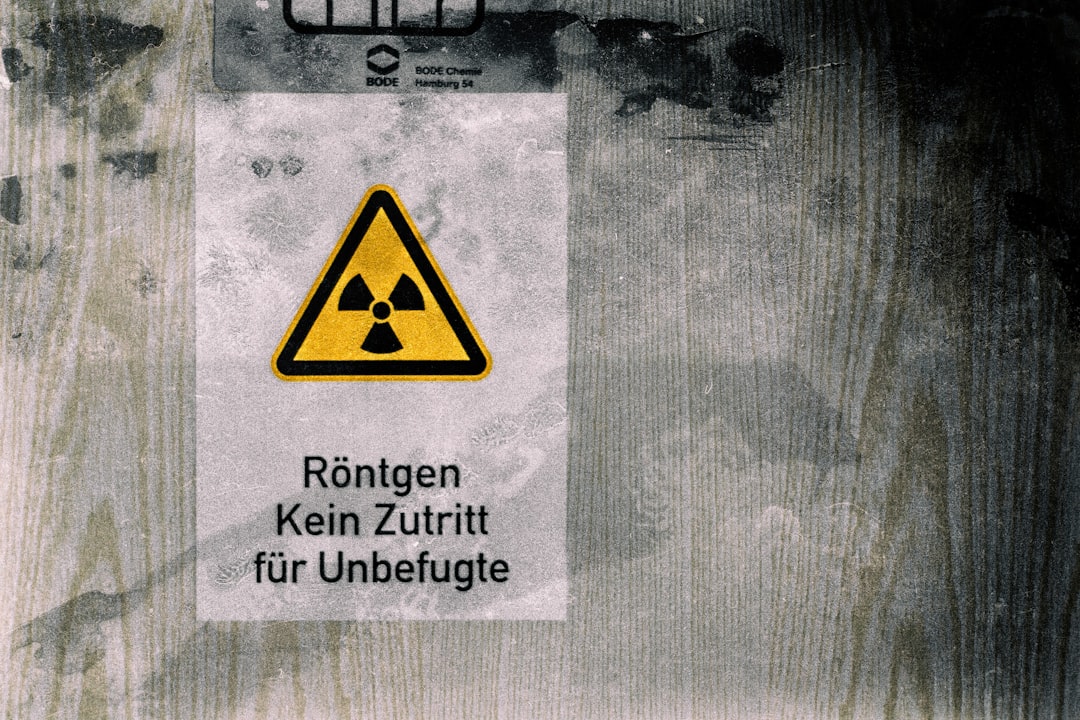What is it about?
Hydrogen peroxide (H2O2) is considered to be an environmentally friendly chemical and the production methods of H2O2 based on the oxygen reduction reaction (ORR) in the electrochemical system can achieve in-situ generation. The yield of H2O2 is highly dependent on cathode materials. However, the commercial graphite felts (GFs) have a low electrocatalytic activity, which greatly limits its wide-spread application. Here, three kinds of methods (H2O2 oxidation, Fenton reagent oxidation and electrochemical oxidation) were used to modify GFs as the cathode for electrochemical H2O2 production. Characterized by SEM, contact angle and XPS, the morphology and surface physicochemical properties after modification were considerably changed. After modification, the surface of GFs was etched, and some oxygen-containing functional groups (OGs) especially COOH appeared on the surface, leading to the improvement of the surface hydrophilic and the electrocatalytic activity for ORR. The H2O2 production of three GFs at 90 min were 18.67 mg/L, 32.13 mg/L and 37.47 mg/L, respectively, compared to only 3.24 mg/L by the original GFs. Additionally, the long-term stability of modified GFs were studied and the mechanism of the decreased stability was proposed. After 10 consecutive cycles, the H2O2 production of three modified GFs decreased by 42.29%, 61.24% and 58.19%, respectively. SEM, contact angle and XPS showed that the surface of the GFs was etched more, and the COOH content of all three materials significant decreased.
Featured Image
Read the Original
This page is a summary of: Oxidative modification of graphite felts for efficient H2O2 electrogeneration: Enhancement mechanism and long-term stability, Journal of Electroanalytical Chemistry, January 2019, Elsevier,
DOI: 10.1016/j.jelechem.2018.11.051.
You can read the full text:
Contributors
The following have contributed to this page










